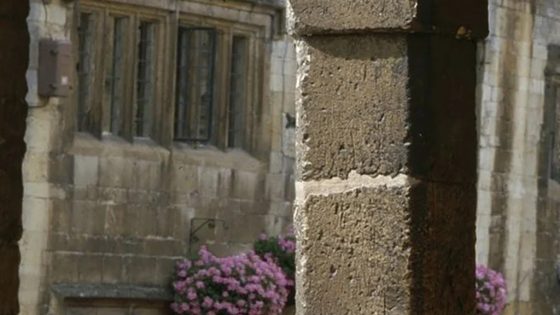Hundreds of listed ecclesiastical buildings across the UK are at risk of structural deterioration amid tax relief concerns, peers have said.
In a House of Lords debate on listed historic buildings, held on Tuesday (14 January), speakers raised concerns around the future of a government grant scheme for the restoration of churches and other places of worship.
Alan Smith, Bishop of St Albans, warned that the Listed Places of Worship Grant Scheme, which covers VAT on repairs of over £1,000 to listed religious buildings, is set to run out in April without clarity on what will replace it.
He asked Baroness Twycross, Labour’s parliamentary undersecretary of state at the Department for Culture, Media and Sport, whether she would meet with church representatives “as a matter of urgency” to discuss the government scheme.
In response, Baroness Twycross said departmental budgets were set last October in the Budget, and that the “outcome of the departmental business planning process, including any implications for this scheme” would be announced soon.
According to the Department for Culture, Media and Sport, the Listed Places of Worship Scheme has an annual budget of £42m and is funded up to 31 March this year.
Historic England’s 2024 Heritage at Risk Register has nearly 15,000 listed places of worship. An analysis of the list by the National Churches Trust published last November showed 969 places of worship were on it.
The trust estimated that the Church of England alone has a backlog of repairs to churches estimated at over £1bn, and it estimated the annual repair bill at £150m.
Conservative MP Christopher Chope has put forward a private member’s bill, which he said on 16 January was “designed specifically to exclude repairs to listed places of worship from the VAT regime”.
The bill should undergo a second reading in March, he added in a Commons debate on the Listed Places of Worship Grant Scheme.
For the government, Marsha de Cordova MP, Second Church Estates Commissioner, said: “We are keen to ensure that the Listed Places of Worship Grant Scheme continues, because we can see not only the immense benefits it brings to our communities, but how it helps to alleviate some of the challenges of raising funds.
“It is important that all our heritage buildings, including our churches, are preserved and that adequate funding is available for them.”
In the Lords debate, peers also raised concerns over the costs of works to non-religious listed buildings due to changes to VAT rules over a decade ago.
They heard that English Heritage’s risk register listed 4,891 heritage buildings “at risk of neglect, decay or inappropriate development”, including 1,442 buildings and structures.
Conservative peer Lord Swire warned that “much of our built heritage up and down the country is literally crumbling, and the backlog of repairs is getting longer and longer.”
“That is in no small part due to the different rates of VAT,” he added, referring to a decision in 2012 to tax alterations to listed buildings at 20 per cent VAT, from zero rates.
Lord Mackinlay of Richborough, another Conservative peer, weighed in on the debate. He said the 20 per cent rate, combined with the high cost of specialist builders and materials to deal with heritage buildings, had made completing these projects more difficult.
He added that listed property owners “face far in excess” of the increases in insurance due to the market being restricted, which, combined with the other factors, makes it a lot more difficult to proceed with necessary work to historic buildings.
In response, Baroness Twycross said she would be “very keen” to understand how a lower insurance premium would be funded “given the overall economic situation we find ourselves in”.

